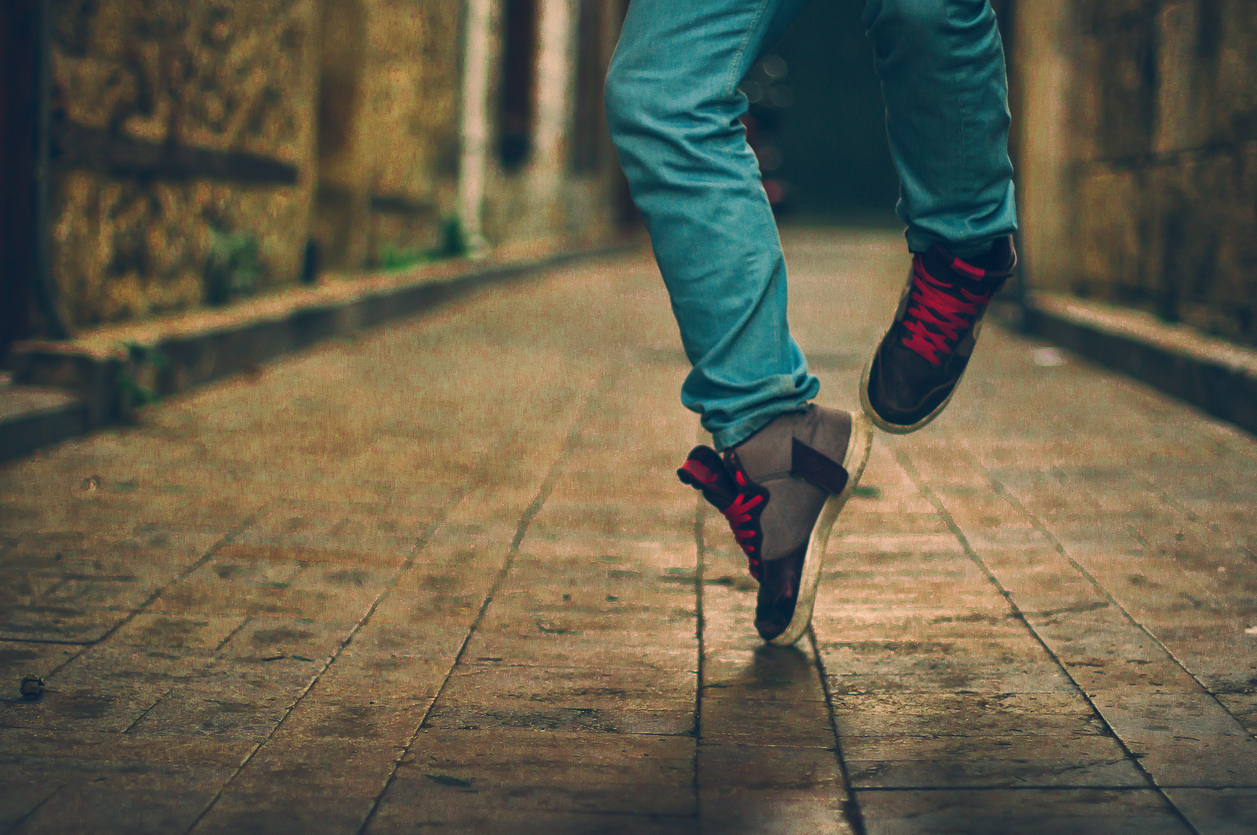This past year, I returned to one of my life-long passions: dance. In doing so, I was surprised to find a number of dancers who were also designers and developers. Thinking on this further, I believe there are a few key habits that designers can hone through, or borrow from, dancing.
Attention to Every Detail
Dancing is a skill that is (generally) easy to get into once you understand the basics, but difficult to perfect. Achieving proficiency while dancing requires the dancer to think about every movement and every muscle. When watching other dancers or learning a new dance, dancers must also pay attention to every detail of the teacher’s body in order to replicate it.
Likewise, design is something that quickly falls flat on its face in the absence of disciplined attention to detail. As designers, it is easy to get caught up in the big picture or in solving new problems and forget to spend time finessing the details. Creating a strong visual design for software also relies heavily on consistency and adherence to a brand through design elements both big and small.
Refine, Evaluate, Iterate
A large part of dancing is simply repeating the same move, or series of moves, over and over, until they are fluid and every part of the body is doing the movement correctly. However, if the dancer repeats the same move without refining and evaluating, it can be committed to muscle memory incorrectly. In dance, refining and evaluating is done through getting feedback from peers or recording the sequence and evaluating it critically, as though you are not the person performing.
As designers, it is also critical to iterate on wireframes or visual elements, and then seek feedback to ensure that the design is fluid and correct. It can also be useful to take a few hours every week to actively “step outside” of our design and evaluate it as if it is not our own.
Play and Learn
Freestyling is a style of dance where dancers move to the music without a scripted choreography. This can be challenging, but is also extremely important as it gives dancers a place to learn the limits of their bodies and discover new ways to move across space and along with non-traditional styles of music.
As designers, it is also important to remember to take time to play—to dedicate time to going down that rabbit hole of visual styles or design elements, or completing side projects in off hours. (A note of caution, though—on billable work, I would recommend time-boxing your “play” time.) Devoting time to experiment gives designers a space where they can stretch themselves stylistically and technically.
Listen Actively
In partner dance, such as salsa or fusion, a large portion of the movement comes from the physical connection between partners. This connection would quickly deteriorate if the partners were not constantly aware of each other and actively listening for dance cues. Any deterioration not only makes the dance less pleasant, it can also be dangerous if one partner is trying to keep the other from running into another couple!
Likewise, in design, it is vital to listen actively and stay aware of what else is happening “on the floor.” Some ways that designers can engage in active listening are withholding assumptions until after a client has finished speaking or asking specific questions to uncover users’ underlying motivations while interviewing.
Which of your other interests or activities have informed your career? I’d love to hear your thoughts.

